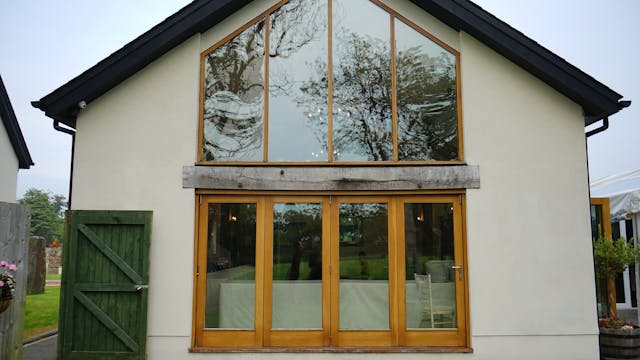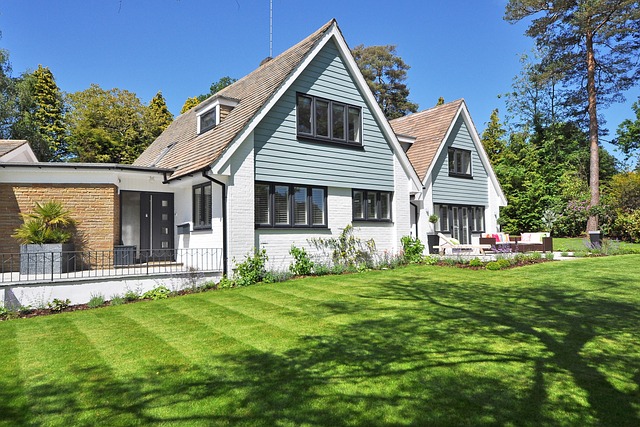Caring for your skin is essential to enhance your natural beauty. According to Statista, the projected revenue for the skin care market will be around $186 billion globally. This statistic shows that more and more people are looking for products to care for their skin. But using skin care products isn’t the only thing that can help you enhance your natural beauty. There are other things you should do as well to improve it. This article will discuss seven health habits for better skin to incorporate into your lifestyle.
Many people believe taking care of their skin requires too much effort and money. They think it requires various products and massive lifestyle changes to achieve this goal. However, changing the following habits will give you smooth skin relatively quickly.
-
Sun Protection
Shielding yourself from UV rays is crucial for maintaining healthy skin; this means staying away from excessive sunlight. Various things can help in providing sun protection. Wearing protective clothing, such as gloves, when riding a bike is vital. Additionally, sunglasses and other protective gear can help prevent direct exposure to sunlight. Also, it is best to avoid going in the sunlight during the peak hours from 10 AM to 4 PM. Most importantly, carry and apply sunscreen with at least SPF 30 to keep yourself safe from sunlight when going out.
-
Stress Management
Another important element when it comes to taking care of your skin is stress management. Increased stress will trigger the release of hormones, such as cortisol. As a result, it can lead to various skin issues, including:
- Eczema
- Acne
- Premature Aging
Stress can damage your skin and health. Nevertheless, effective stress management techniques can work wonders for your overall health and well-being. Spending time in nature or participating in yoga is an optimal way to reduce your stress levels. These activities can improve your mental well-being, which in turn will be visible on your skin.
-
Regular Exercise
Exercise offers various benefits for mental and physical health. Regular exercise can improve blood circulation to remove waste skin products and deliver oxygen to the skin cells. Furthermore, it can also help you reduce stress levels, which can damage your skin. Therefore, incorporating exercise into your lifestyle can ensure your skin looks fresh and vibrant.
-
Proper Sleep
Getting a good night’s sleep is also important for the entire human body. Adequate sleep allows your skin cells to repair and regenerate, keeping your complexion glowing. When you are in deep sleep, the body produces collagen, which plays a significant role in maintaining the skin’s strength and elasticity. Therefore, getting a good night’s sleep for at least 7 to 9 hours is imperative. Make sure your room temperature is good enough and your bed is comfortable to allow you proper rest.
-
Balanced Diet
A healthy diet plan will significantly improve your overall health. Eating relevant food will allow you to intake essential vitamins, antioxidants, and minerals. This way, your skin cells can nourish quite well while providing you with a youthful complexion. You can consider eating salads made of nutrient-rich vegetables or fruits, such as broccoli, carrots, sweet potatoes, apples, blueberries, etc. Also, try to increase your protein intake by eating chicken or fish meat. A rich-protein diet can stop any wrinkles on your skin and dark spots.
-
Stay Hydrated
Just like diet, you must stay hydrated to care for your skin. Adequate water intake can flush out the toxins from your skin. It will also support overall skin elasticity and ensure your skin cells stay plump. Therefore, it is important to stay hydrated by drinking at least 8 to 10 glasses of water. You can also consider adding food items to your diet that can help you stay hydrated, like watermelon, cucumber, apples, celery, lettuce, and much more.
-
Skin Care Routine
Last but not least, having a proper skincare routine should allow you to keep your skin healthy. However, you must choose the right products. Choosing Krete’s Facial Serum or MacreneActives.com’s anti-aging cream and other relevant skin care products is a great start. You can find more relevant products that are suitable for your skin. Also, avoid using any skincare items that have harsh chemicals. Most importantly, you should remove makeup when going to sleep to let your skin regenerate overnight.
These few methods are quite simple and require small lifestyle changes. They won’t be very challenging to follow, and with these changes in your lifestyle, you will notice your skin getting better over time. Also, make sure to choose organic skincare products only.





